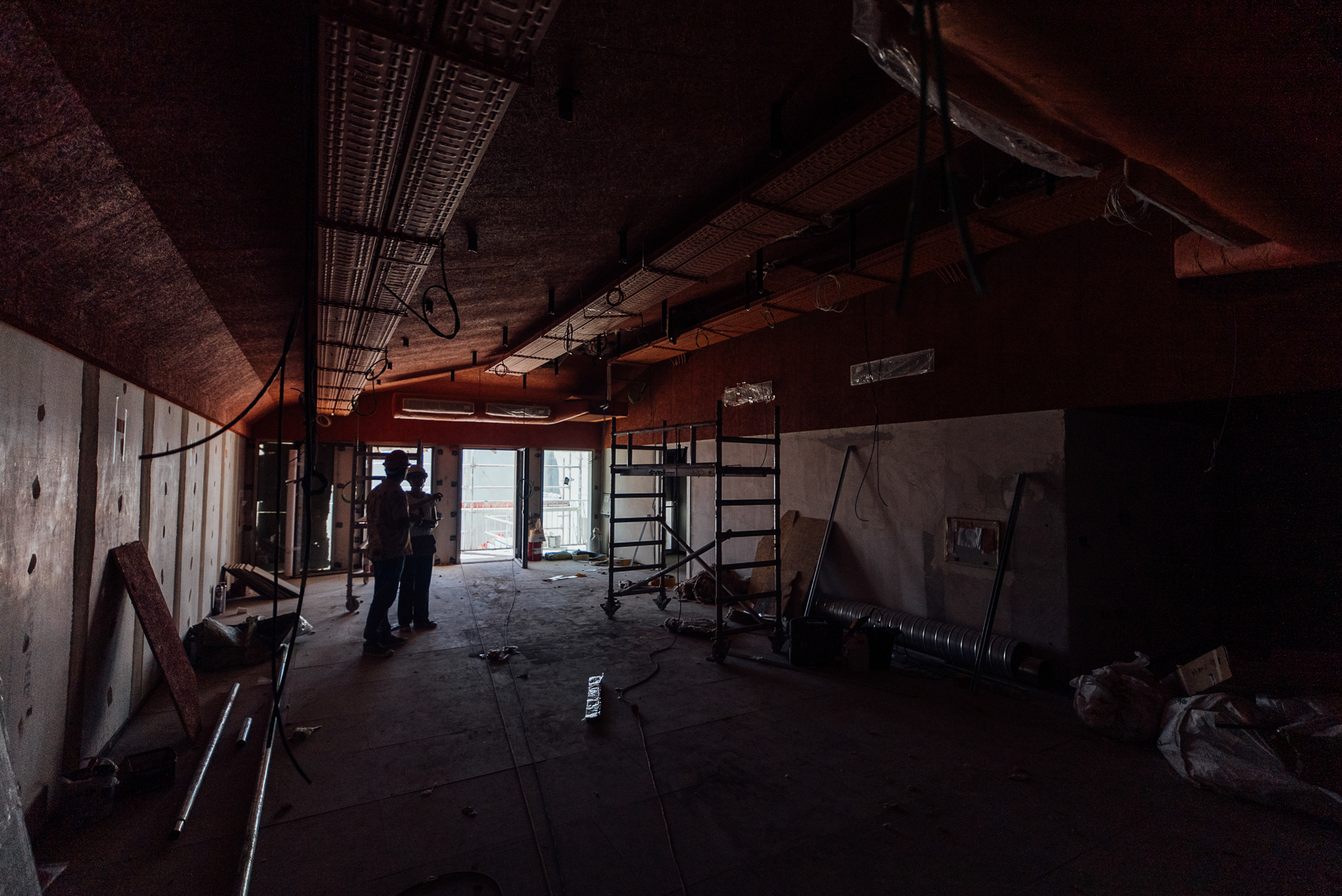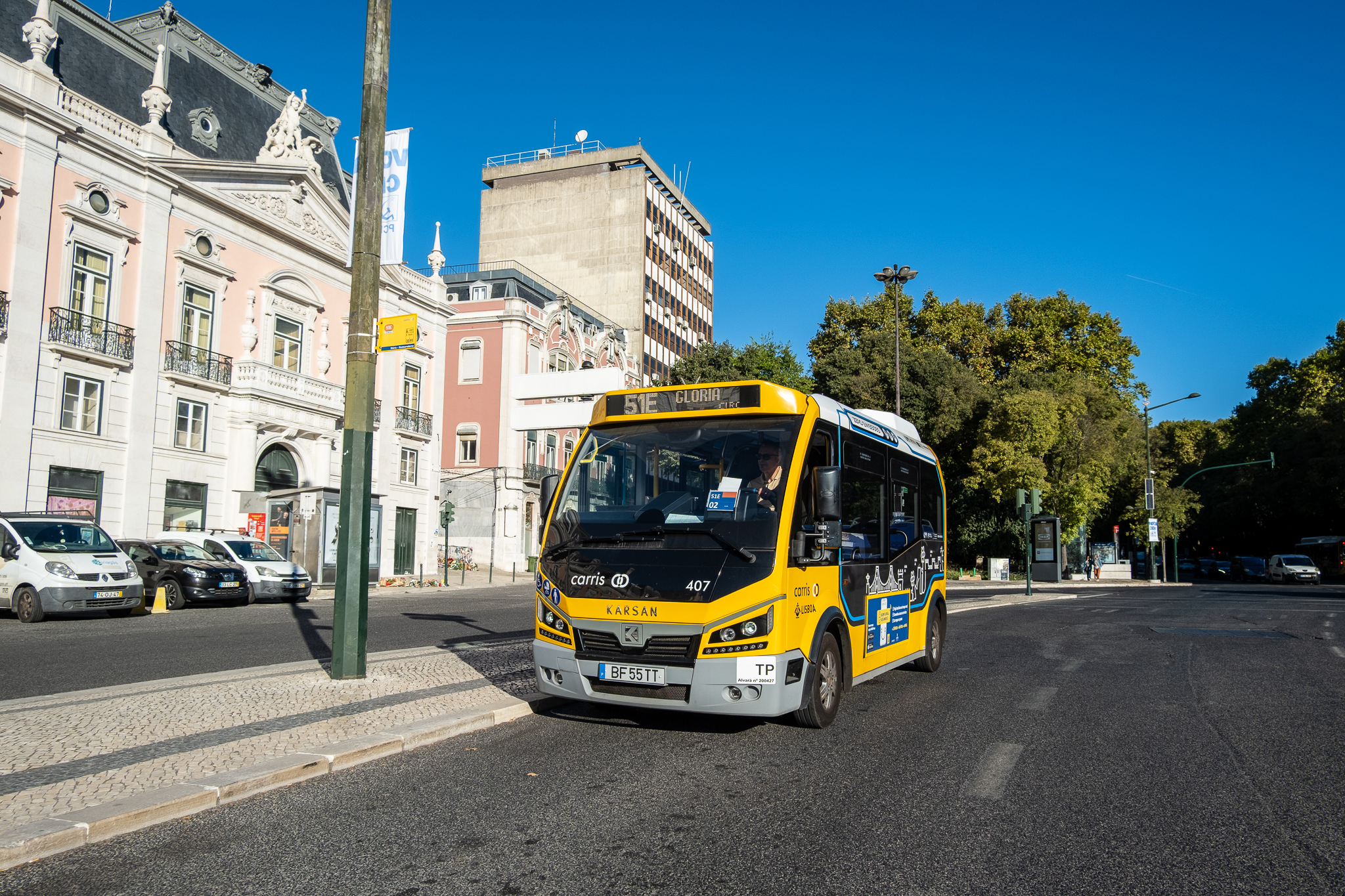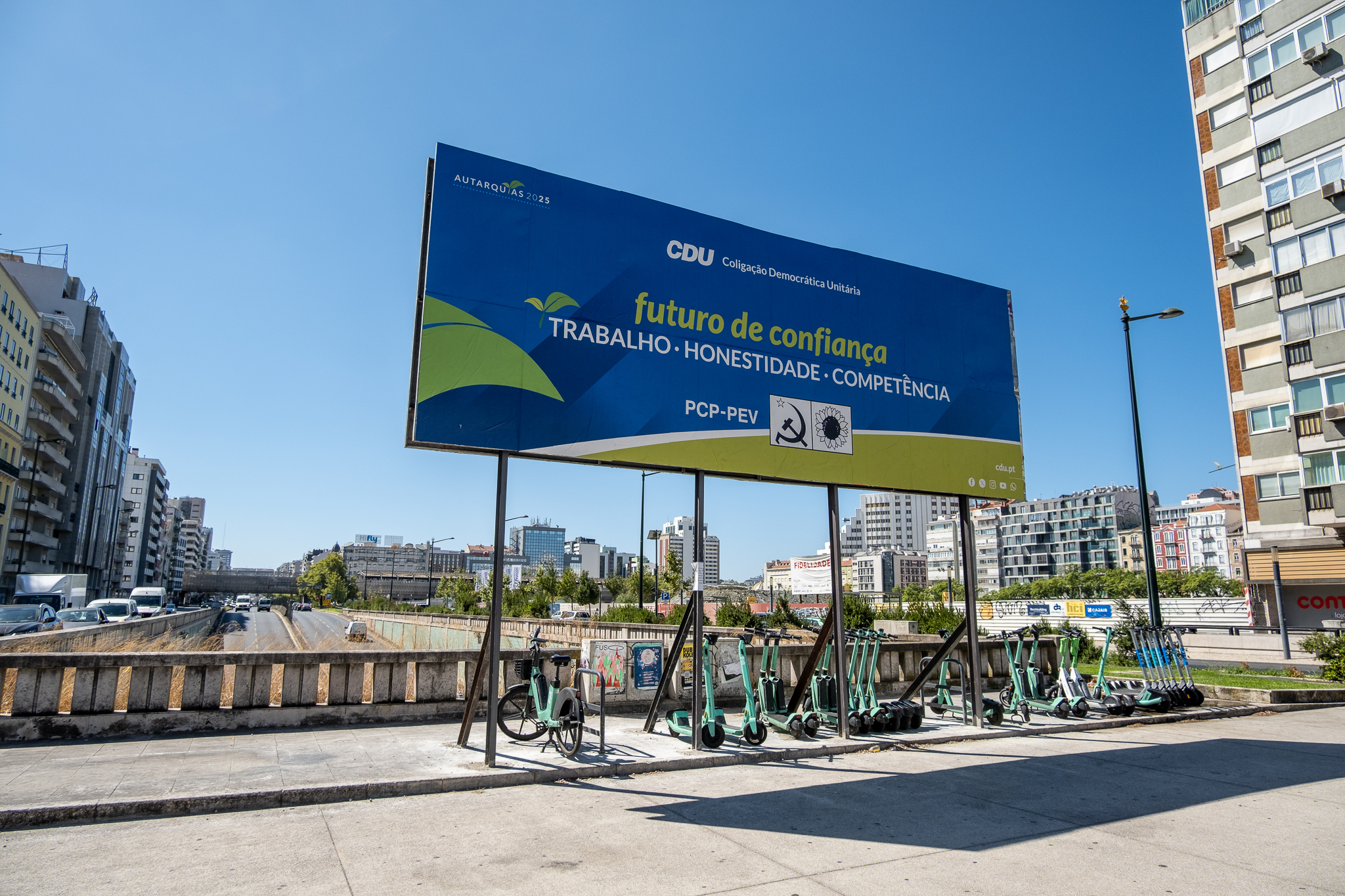
The annual report that the Instituto Superior Técnico carries out for the Lisbon City Council, evaluating the evolution of bicycle use in the city, indicates a 25% growth in the number of cyclists between 2019 and 2020 and that more women are cycling - today, with an overall proportion of 26%. There are also more owned bikes (+8% than the previous year), and 17.5% of private bikes are now electric (there were 5% in 2018).
These are just some of the conclusions of the report, to which Lisboa Para Pessoas had access. The study, signed by researchers Filipe Moura, Rosa Félix and Ana Filipa Reis, consisted in counting and observing the behavior of bicycle and scooter users in the city of Lisbon, in different points. "The work consists of observing cyclists, scooterists, their movements, characteristics and their vehicles, at different observation points in the city of Lisbon and during morning, lunch and afternoon rush hour periods", reads the report on the methodology.
"Observations of cyclists have not occurred in the city of Lisbon in a continuous and systematic way, except for the collection of flows through an automatic counter installed on Av. Duque d'Ávila. A finer observation, with the registration of several relevant characteristics of the cyclist or scooterist, of the trip and of his/her vehicle - information not captured by automatic counters - allows the municipality to better understand the users of cycling infrastructures and better plan future investments that meet real needs and ensure safer circulation for cyclists and scooterists."
The counts took place in two periods: from May 25th to 29th and October 6th to 19th and 23rd. They were conducted by a team of five observers, experienced in the use of the bicycle, in the first period and of 14 in the second counting period, which involved 66 different observation points. Observations were made both in areas where cycling infrastructure already exists and in places where it is planned.

The report, available for download in this article, also highlights, among the main conclusions, a 140% growth in cyclist volume on Avenida Almirante Reis after the introduction of the pop-up bike lane, which about 5% of the cyclists are relay riders, more than doubling from the previous yearand that use of scooters decreased 35% compared to 2019.
Plus there is a lot more interesting data:
- "In May 2020, cyclists who rode without helmet accounted for about two-thirds of the total. In October 2020, helmet use by cyclists increased by 24% compared to May 2020 (growth in percentages, not absolute values), potentially revealing the emergence of more less experienced cyclists looking to protect themselves with a helmet."
- "In general, it was found that cyclists practically do not circulate on the sidewalk when in the presence of a bicycle lane. Still, there are places where more than 40% cyclists ride on the sidewalk instead of on the road or cycling infrastructure. In the case of coexistence zones, particularly on Av. Liberdade, the preference for the sidewalk may be related to the confusing reading of the circulation system of that artery as by the poor condition of the sidewalk, in parallel with the existence of wide sidewalks in the central platforms with little pedestrian traffic."
- "From 2017 to 2019, the proportion of bicycles with child seats or trailers more than doubled from 2.7% to the current 6.2%. (...) However, in October, the use of child seats or trailers decreased, accounting for 3% of total riders. Even adding cargo bikes, to be comparable with previous years, child seat use accounts for 4%."
The document points out some very interesting data about the Almirante Reis Avenue, where Last year a pop-up bike lane was installed that has since generated some controversy. "Between May 2019 and October 2020, the volume of cyclists grew from 30 to 70 cyclists on average per hour at the intersection with Rua dos Anjos, and from 31 to 80 at the intersection with Pascoal de Melo, considering both periods of the day."The report also highlights Rua Pascoal de Melo as a preferred connection for cyclists to the Central Axis. "One can notice a jump in the average volume of cyclists between the pre- and post-cycling campaigns, which shows that the intervention carried out has attracted more cyclists to this axis."

The study can be downloaded here:






















